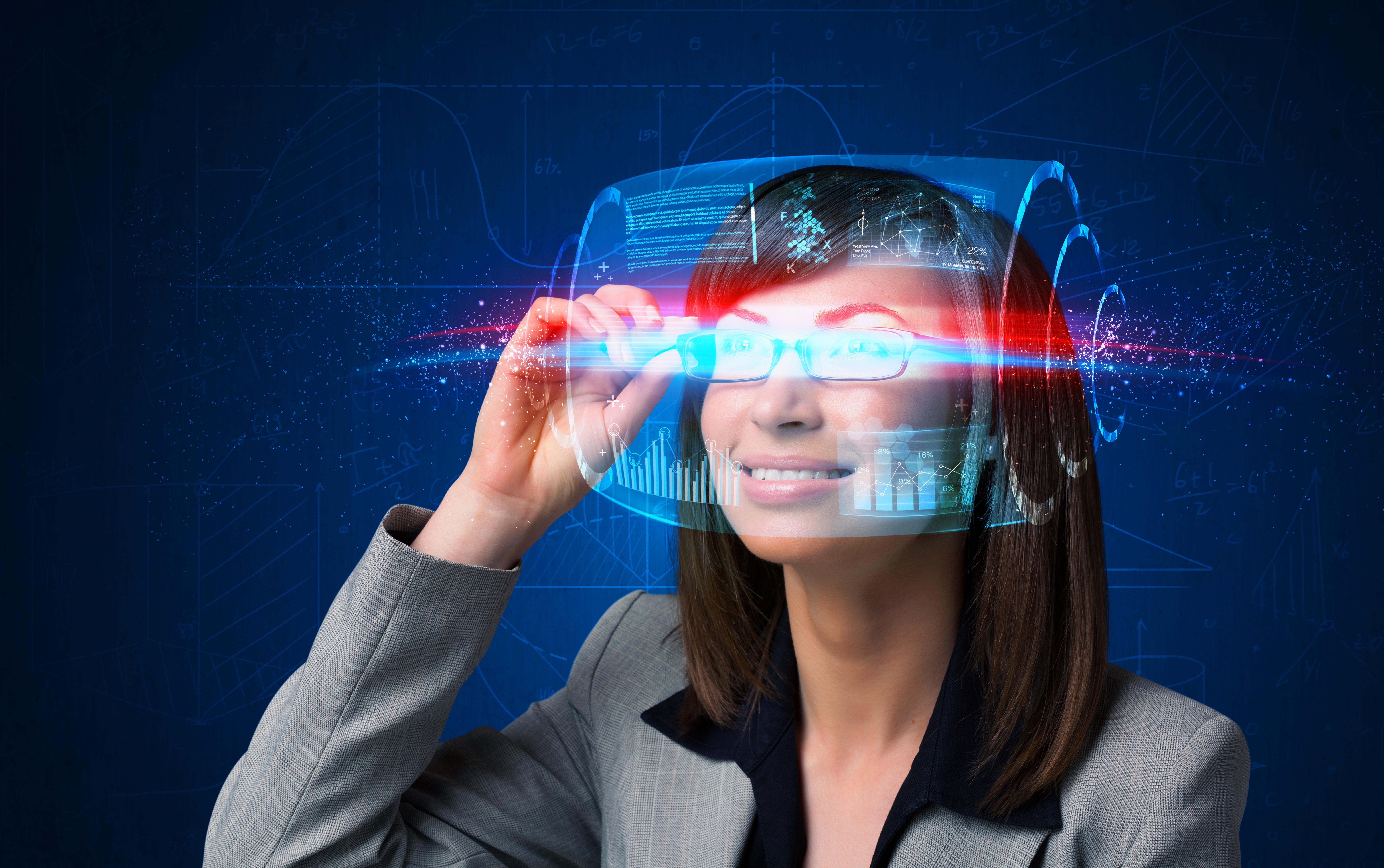This year, I enter my 30th year in the communications technology industry. When I started in 1994, the World Wide Web was just emerging, pagers were more prevalent than cell phones, and digital PBXs were state of the art. It was a world of voice mail, dial-up AOL, and curled-up fax pages.
Even three decades on, one of my favorite things about covering technology is how it is always changing, evolving, and growing. I can't remember a bigger technology explosion than what we saw with AI in 2023. While AI was growing in the background for several years, 2023 will be remembered as the year it took off and went mainstream.
I'm constantly reminded of how far we have come over the last 30 years, especially considering what I'm most looking forward to covering in 2024. Here are the things I’ll be eagerly watching.
XR: Apple Vision Pro
Announced in 2023, the Apple Vision Pro is rumored to be available to the public in February. I covered the announcement in a previous nojitter post titled "Did AR/VR Just Have Its iPhone Moment?" The short answer to that question is we don't know, but we will find out this year.
And it might take all year to get that answer, as even Apple doesn't expect to sell many of these first-generation headsets. Analysts predict Apple will only ship between 150,000 and 500,000 headsets in 2024. The measure of success won't be how many headsets they ship but how well the technology performs in real-world use cases and is received by the few consumers and developers who plop down the cash to buy one.
How good is the lens quality? How comfortable are the headsets? What applications will be released to make it a useful productivity tool? How good is the AR passthrough? Can it replace a laptop? These are all questions I look forward to answering in the months ahead. If it checks enough boxes, the Vision Pro could make huge waves in the business world as both a VR and AR device. If not, such a big failure could set the technology back years.
AI: Real Customer Adoption Stories
As previously mentioned, AI was the big story for 2023. I attended many conferences and sessions on AI and heard from some of the brightest minds on the subject. As part of that journey, I also heard from at least a couple dozen customers looking to add AI to their customer experience strategy. While a few shared success stories of AI making significant impacts, most indicated they were still in the very early stages or were still looking into it.
In 2024, I hope to find more stories of customers who have implemented AI to hear the real-world impact. There is enormous opportunity within the AI stack, but that doesn't mean it will translate into success in all cases. I know there are successes and failures, and I look forward to moving beyond the promise and hype of AI into how it is performing to improve CX for us all.
It's one of the reasons I'm especially excited about Enterprise Connect this year. I've seen a lot of vendor presentations about AI, but I'm still hungry for case studies and customer stories that make Enterprise Connect such a valuable event. [You can register for Enterprise Connect 2024.]
Mobility: New Devices and Integrations
We've seen so much innovation over the last 30 years regarding mobility, from the cell phone going mainstream through the maturity of the smartphone. Smartphones continue to improve, but form factors and functionality haven't changed significantly over the last decade. 5G came with a lot of hype and fanfare, but it hasn't yet developed into a transformational technology the way 2G, 3G, or 4G did.
We've seen some bright spots, including decent foldable devices and impressive speeds for implementations of 5G fixed wireless for internet. But to find out what's next in the world of mobility in 2024, I'll be heading back to Barcelona for Mobile World Congress, focusing on three areas of innovation.
Telecom Carriers: New Wireless Innovations
One of last year's Mobile World Congress highlights was the announcement of global standards for APIs around carrier networks and services. This area continues to expand as the entire wireless ecosystem moves in the direction of more open networks, opening the door for applications and solutions that were previously impossible. Initial APIs support functions such as number verification, location status, and Quality of Service on demand to fight fraud and provide better application performance. I’m most interested to see how these carrier APIs blend with the CPaaS world. Up to this point, CPaaS has sat on the edge of the carrier networks, mainly limited to SMS gateways and switched telephony. With access to carrier network APIs, things get much more interesting.
At Mobile World Congress 2024, I will be looking to see how things have progressed in terms of the success of for these global API standards. Carriers have traditionally shied away from opening up their networks -- but now they’re in the position of having to look for new revenue opportunities to remain profitable, especially in Europe.
Mobile Device Innovation
One of the highlights of every MWC is the ability to see some of the most innovative mobile devices on the market and prototypes that aren't on the market yet. I look forward to getting my hands on new form factors, foldables, clever smartwatches, and more to see where mobile technology is headed. Many of the device companies at MWC are headquartered in Asia and don't export to the US, so this is is a unique chance to see tech that we don't get to see much in the US.
One of the things I love about being an analyst is being able to see all of these developments, from APIs, to XR, to new mobile devices to see how these upcoming changes will converge. For instance, it isn’t solely about smart glasses, it’s low latency 5G smart glasses, optimized on demand for AI and low latency digital experiences. The result of this convergence will be solutions that have a positive impact on our personal and professional lives.
Extended Reality (XR) Innovation
Last year was a big year for XR at MWC, as I covered in a video recap from last year. For those of you who can’t watch it while reading this, we saw new devices from HTC, Pico, and Lenovo on display. We also saw prototypes for smart glasses that allow mobile device content to be streamed into lightweight glasses. Even this early generation of smart glasses could be very beneficial for business use. Initially, they will provide an expanded and private view of your phone, allowing for a large screen experience anywhere. As they evolve, smart glasses will be our literal view into all things digital, allowing for a blending of the digital and real-world powered by AI.
This year, I want to see more of everything – more approaches to smart glasses, new AR devices, and new VR applications. I also want to see more creativity in evolving these devices to solve real-world problems. The XR keynotes last year were mostly aspirational, and I'd like to see more concrete content on XR's current and future state for business adoption.
Looking back, I can't believe how much the industry has changed since 1994. Looking ahead to 2024 and beyond, I can't believe what is right around the corner. And I can't wait to explore it all.
In the meantime, if you want to meet at Mobile World Congress or Enterprise Connect, send me a fax or hit me up on my pager.










